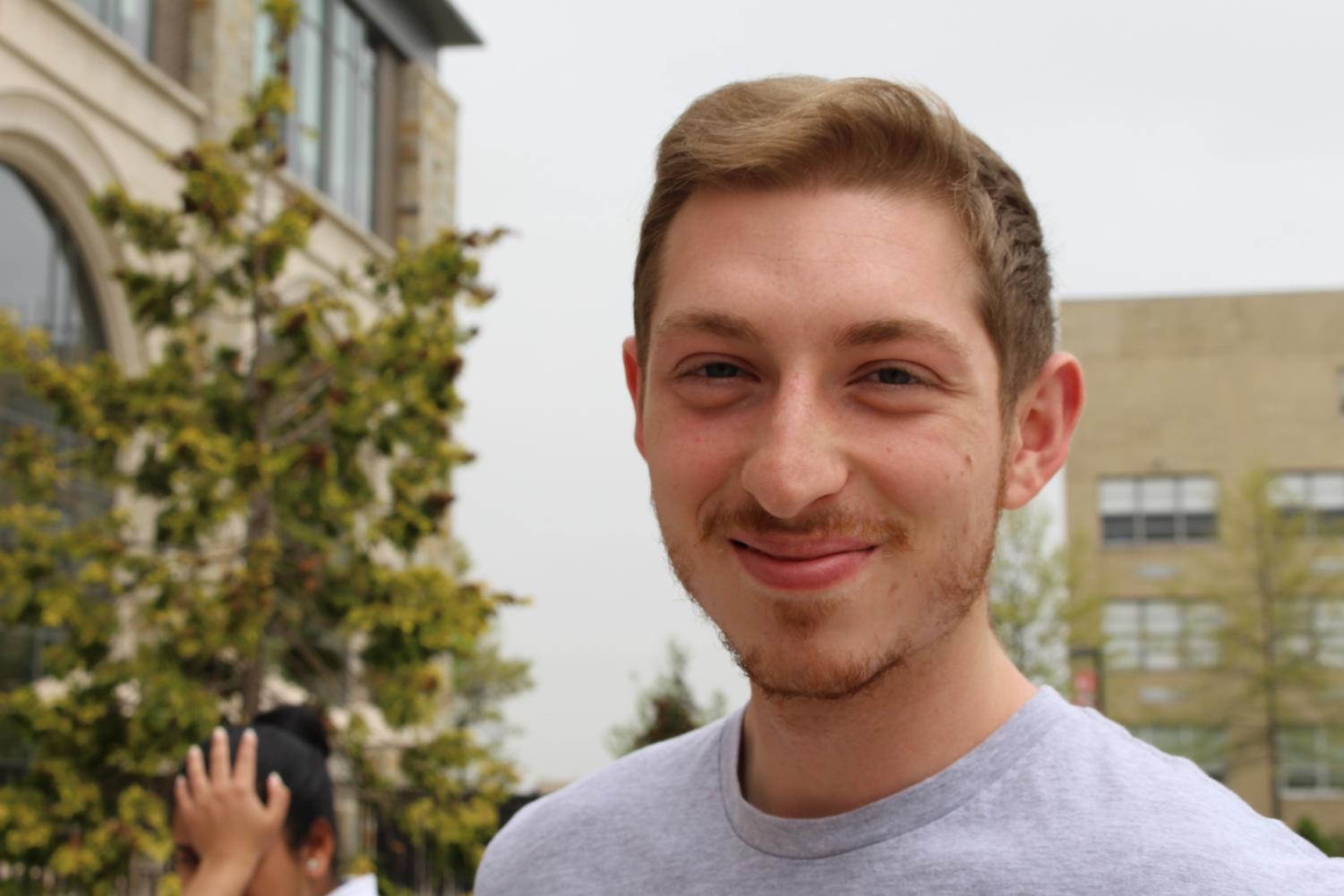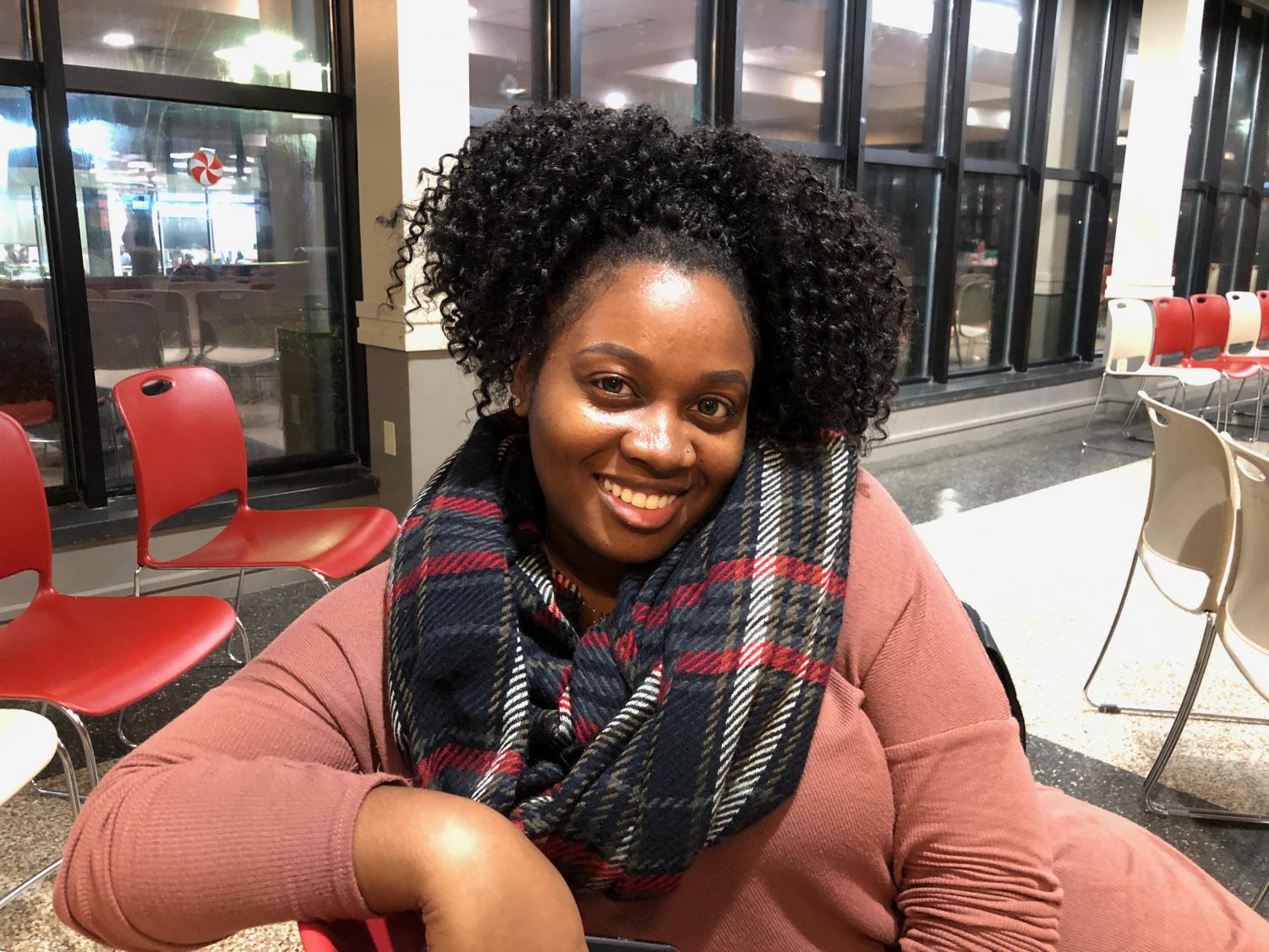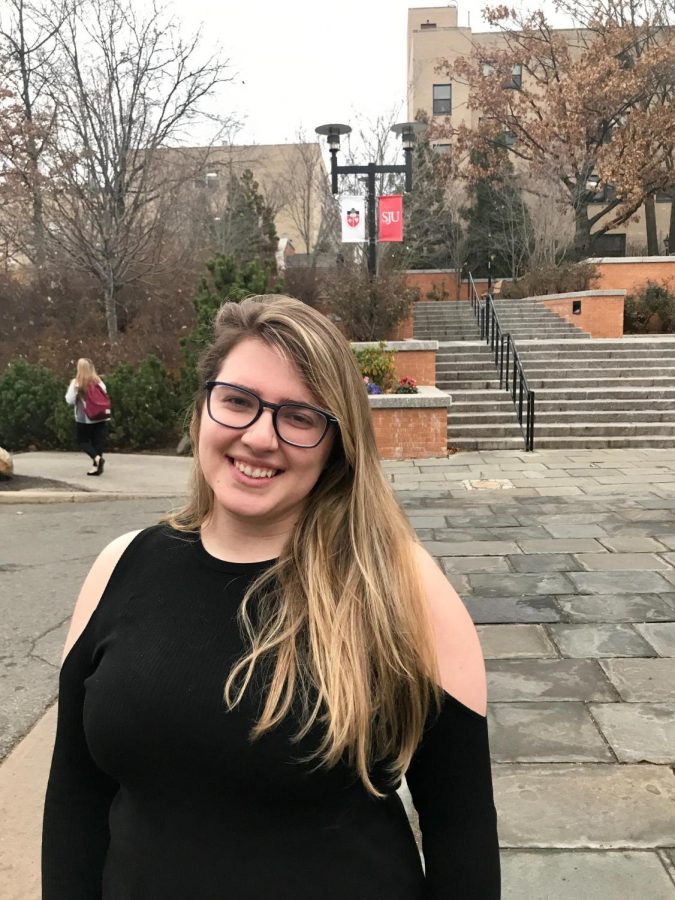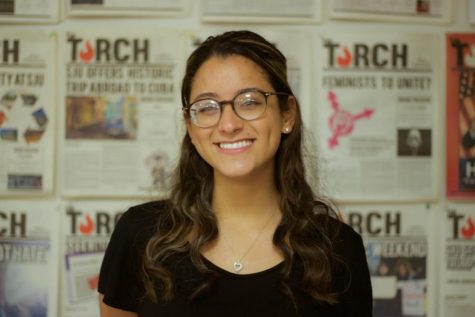A portion of the discussion at the Cultural Town Hall meeting last month regarding a non-black student serving on the Haraya e-board has reignited the issue of cultural awareness among student organizations.
Since then the Torch spoke with three students from different cultural organizations on campus about why they serve as e-board members of their organizations even though their backgrounds differ from the groups they represent.
Much like becoming a general member, becoming an e-board member of a student organization does not necessarily require that they be of the same culture.
Student leaders Marina Dal Agnol, Connor Cox and Alyssa Morris are all of different backgrounds than their organizations.
Despite this, the three say they do not feel unwelcome.
“Serving for Circolo has been a challenging and enlightening experience, ” Dal Agnol said on her role as president of Circolo Italiano, the Italian cultural organization on campus.
Dal Agnol, a senior who primarily identifies as Brazilian, said she initially held some reservations going in, but they quickly faded as she became more involved with the organization.
“The group welcomed me with open arms in the same way that they do with all the members,” she said.

Connor Cox, Avaaz treasurer.
Cox, who is a senior and treasurer of a student organization called Avaaz that represents Sikhs on campus, says he is of Western European descent. Like Dal Agnol, Cox also says he felt a bit uncertain at the outset.
“Since I did not come from the culture [that Avaaz represents] I was a little hesitant to serve on Avaaz’s e-board,” he said.
Cox’s decision to get involved with Avaaz was sparked by a desire to learn about a new culture coupled with the support of friends that were already part of the Sikh-representing organization.
“My Sikh friends encouraged me to run for treasurer and have been supportive, and it’s been a lot of fun being a part of this organization,” he said.
Although Morris, a junior and co-public relations chair of the Latin American Student Organization (LASO), is of Jamaican descent, she was not apprehensive about obtaining an e-board position within it.
“I didn’t think that it would be a big deal that I wasn’t of Latin American [heritage or that] they’d push me away from being a part of operations and learning about their Latin culture,” Morris said.
Initial reservations or not, the three e-board members said they wouldn’t change any part of their experiences.
In fact, they see serving for their respective organizations as an opportunity rather than a dividing line.
“Now I get the chance to share [the Italian culture] with other students, [and show them] how Italy is more than pasta and mafia movies,” Dal Agnol said.
Joining an organization of a different culture is something Cox doesn’t think students should shy away from.
“It’s important to learn more about each other and understand our differences,” he said. “I think people will find that different cultures share a lot in common too.”

Alyssa Morris, LASO co-public relations chair.
Similarly, Morris believes this allows students to become aware of different cultures.
“It’s all about being open-minded,” she said. “It’s about learning about different things and opening up your mind to a bright world.”
They all agree that embracing these differences and similarities makes St. John’s all the more diverse.
“It’s awesome to experience something you never experienced and interact with all types of people,” Cox said.
St. John’s has long prided itself on its diverse student body.
Most recently, the University received a rating of .7 out of one on a diversity index published in the U.S. News Campus Ethnic Diversity report for 2018.
A score of one represents the most diverse student body. St. John’s rating of .7, which ranked 22nd among schools nationwide, places it above NYU’s rating of .68 and at the same level of Columbia University.










